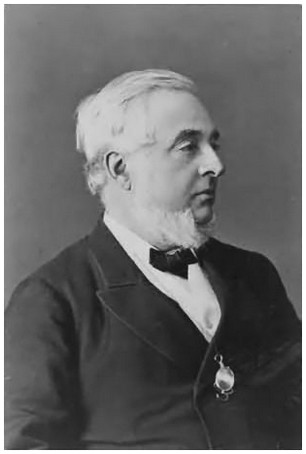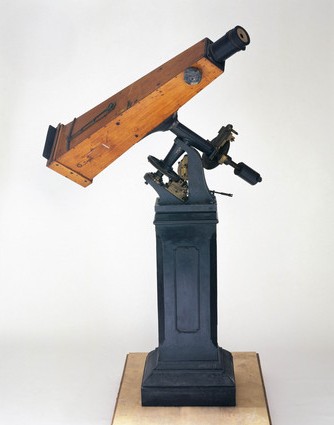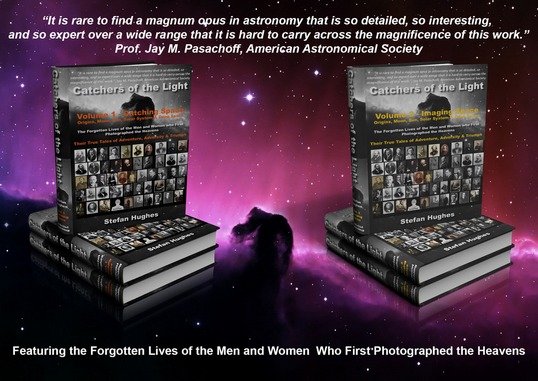'The Stationery Man'

Born: 18th January 1815, St. Peters Port, Guernsey, Channel Islands
Died: 19th April 1889, Portland Place, London, England.
.The Channel Islander, Warren De La Rue was the ‘Foremost Celestial Photographer’ of his adopted country, England; who did his finest work in the years before the likes of Henry Draper, Isaac Roberts, Andrew Ainslie Common and Edward Emerson Barnard made their own great contributions. In 1857 he produced the design for the Kew Photoheliograph, the first telescope specifically built to photograph the Sun. In 1860 it was taken by De La Rue, to Northern Spain to successfully photograph the Solar Corona during the total eclipse which took place on the 18th of July that year.
Warren De La Rue was England’s first Astrophotographer. In 1851 during the ‘Great Exhibition’ held at the Crystal Palace in London, he saw Daguerreotypes of the Moon by the Boston Daguerreotypist, John Adams Whipple (1822-1891). The sight of these images of our nearest celestial neighbour was a turning point in his life, so much so that they inspired him to devote all his energies to replicate and improve upon them.
One year later he had done just that, as Lady Margaret Huggins later wrote:
"In 1852 Mr. De La Rue, working in his little garden at Canonbury with a 13-inch reflector and availing himself of the Collodion process, succeeded in obtaining a really excellent picture of the Moon; and to him therefore belongs the credit of first employing the Collodion process in celestial photography, as well as that of obtaining the first very valuable success in lunar photography."
In the years which followed he was to do even better, ultimately becoming England’s ‘Foremost Celestial Photographer’. All of this was made possible by the wealth gained from the family’s Stationery business, which gave De La Rue both the means and the time to achieve the great goal he had set.
It was however his work on the construction and subsequent use of the ‘Kew Photoheliograph’ – the first telescope built specifically to image the Sun - where his greatest legacy is to be found.
To read more on his life and work read the eBook chapter on Warren De La Rue: or buy the eBook 'Catchers of the Light'.

Warren De La Rue's Kew Photoheliograph of 1857: Photography courtesy of the Science Museum Kensington, London

Buy the eBook or Printed Book at the 'Catchers of the Light' shop.